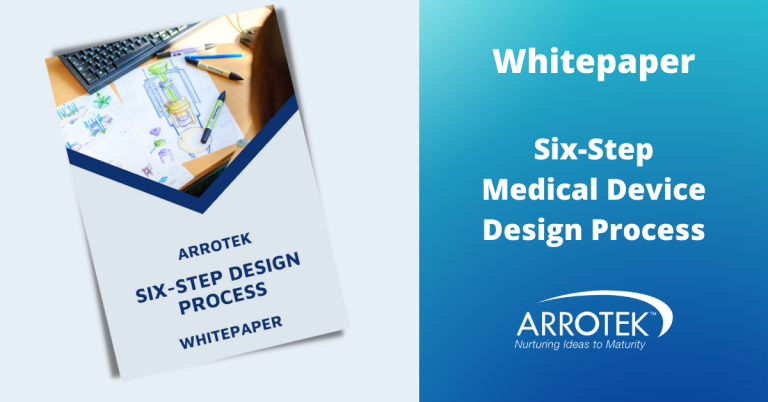Neuro stimulating needles are used to treat a wide and ever-increasing range of conditions. In this blog, we will give an overview of the main design and manufacturing considerations of neuro stimulating needles.
Neuro stimulating needles are a type of neurostimulation medical device. While neurostimulation has been used as a treatment for many decades, recent advances in the design of neurostimulation medical devices have had a profound impact on patients with a range of conditions. This includes advances in neuro stimulating needles.
Take spinal cord injuries as an example, as there are now neuro stimulating medical devices that mimic nature by being placed directly on the spinal cord. The device can then activate the spinal cord in a similar way to how the brain would do it naturally.
It isn’t just spinal cord injuries that benefit from neurostimulation, though, as neurostimulation technologies can also be used to treat heart disease, mental health conditions, epilepsy, and arthritis, as well as for pain management.
There are many different types of neuro stimulating medical devices, but in this blog, we are focusing on neuro stimulating needles. Neuro stimulating needles deliver electrical stimulation directly to the nerve treatment location in the body.
Design Characteristics of Neuro Stimulating Needles
Visibility
Visibility is one of the most important characteristics of a neuro stimulating needle. In other words, the ability of the physician to locate, track, and position the needle in the patient’s body. This ability to identify the exact location of the needle in the patient’s body, whatever the insertion angle, helps prevent damage to nerves and blood vessels.
Modern neuro stimulating needles typically use ultrasound guidance, so the echogenicity of the device is one of the most important design characteristics. In other words, the ability of the needle to return or bounce an ultrasound signal.
For optimal visibility, both the shaft and tip of the neuro stimulating needle need to be visible under ultrasound guidance. Various features on the needle can help achieve this visibility performance characteristic, including depth markings on the needle shaft and the design of the tip. For example, B-bevel tips offer good visibility characteristics.
Insulation
Neuro stimulating needles also need to have insulated shafts to prevent electrical current leakage. The aim is to ensure precisely targeted nerve stimulation.
Insulation layers should be thin to keep the needle diameter as small as possible. Insulation on both the inside and outside of the cannula often delivers the best performance.
The insulating layers should also cover the entire cannula, except for the cannula tip where the electrical stimulation is typically delivered.
Other Performance Characteristics of Neuro Stimulating Needles
- Optimal puncture performance, including minimizing the amount of force that is required.
- Consistent feel during the procedure to give physicians maximum tactile feedback as the needle passes through the body and its various tissue planes.
- Optimized glide resistance to ensure smooth progression to the target location in the patient’s body.
- Bevel tip design optimized for the application.
Continuous Innovation in Neuro Stimulating Needle Design and Manufacturing
Continuous innovation is a hallmark of the medical device industry, and it applies to neuro stimulating needles as much as any other type of device. At Arrotek, we are at the cutting-edge of this innovation, ensuring our customers get access to the latest neuro stimulating needle technologies and manufacturing processes.
To discuss your requirements for neuro stimulating needle design and/or manufacturing, please get in touch with us at Arrotek today.





